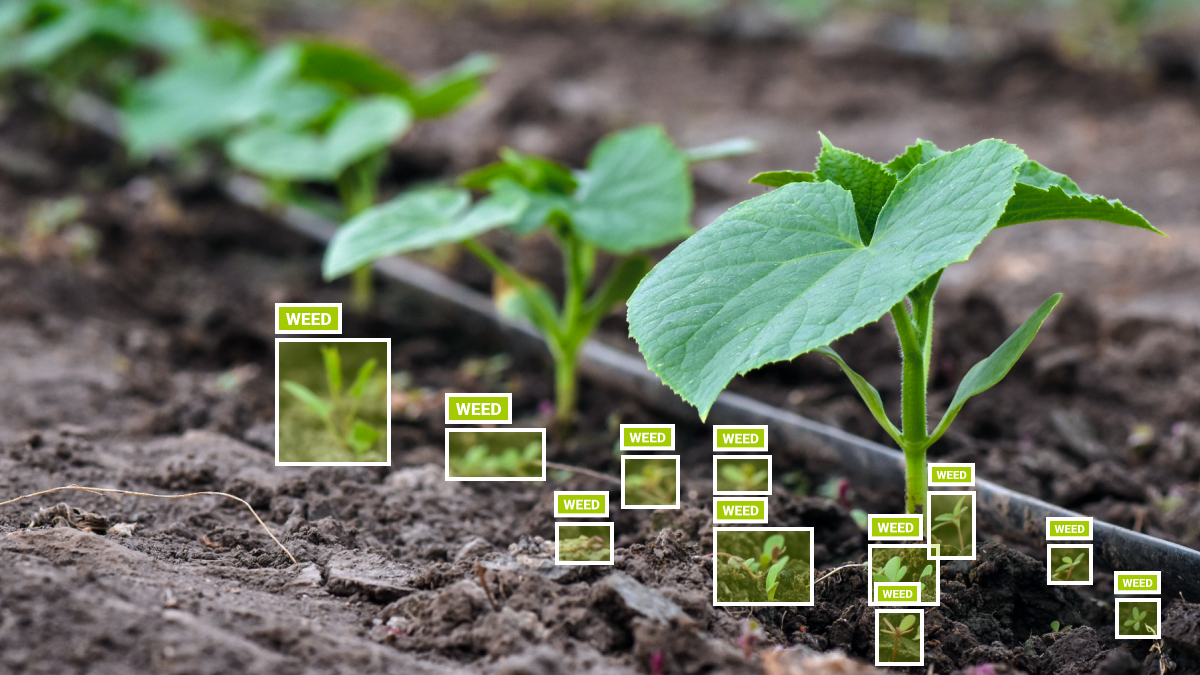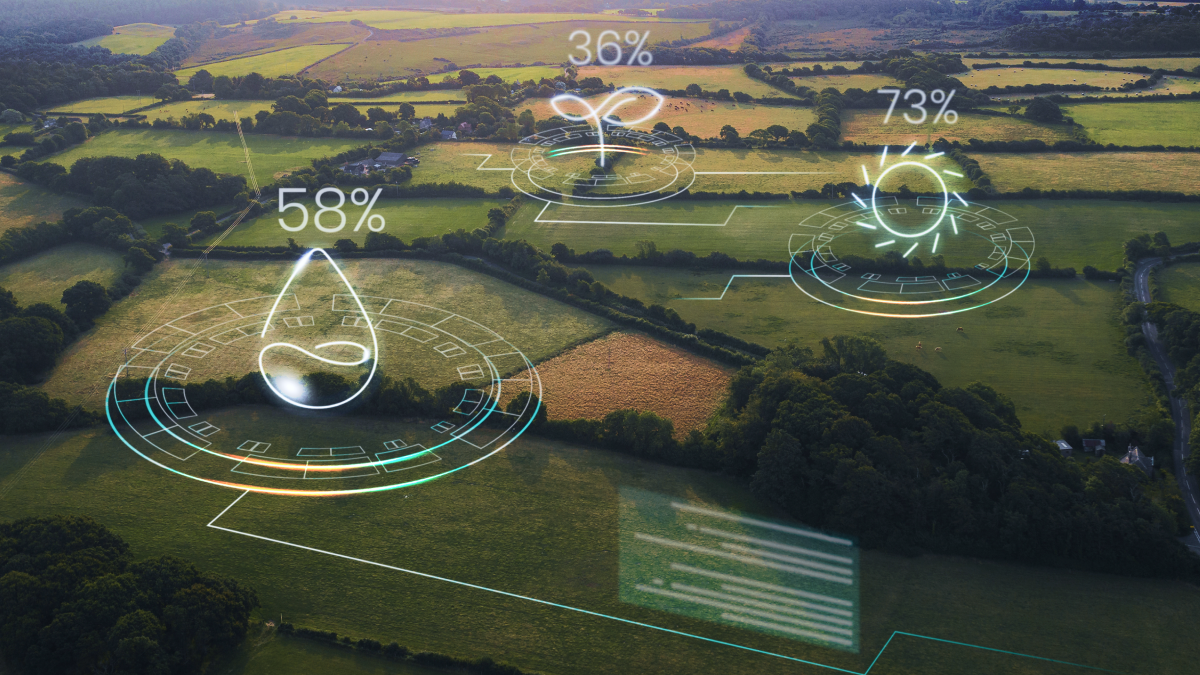AI Drones for Agriculture is a Win-Win
Drones in agriculture are opening up new possibilities to increase their crop yield with better farming applications and real-time access to information. It is essential for farmers all around the world to embrace drone technology in agriculture and make use of its potential to both enhance agricultural practices and boost food production. This blog will cover all the information you need to know about farming drones and how they are positively altering the agricultural sector.
In this article, we will take a look at some of the most beneficial uses for AI-powered drones in agriculture and the data annotation required to create them.
Removing Weeds

For years, tractors that moved across huge farmlands spraying waterfalls of herbicide from long arms stretched above the crops to zap weeds that are frequently tiny and dispersed have been used to treat large-acre crops like corn and wheat. This takes a colossal toll on the environment because of all the emissions and also costs a lot of money. In fact, herbicides for weed control represent 60% of the volume and 65% of the expenditures for pesticides used by U.S. farmers. Each year, U.S. growers spend approximately $6.6 billion on herbicides and their applications. Therefore, even a small reduction in the amount of herbicide used can lead to huge cost savings.
AI-powered drones can help farmers achieve these cost savings by using computer vision to detect weeds and spraying the herbicide only on the needed areas where the weeds are growing instead of blanket spraying. While this technology has the potential to lead to significant cost savings, it marks a big shift from the way farmers approach weed killing. The current approach is blanket spraying, and the early adopters of the AI approach will be taking somewhat of a risk because if the drone does not spot and spray all of the weeds, this could ruin an entire farming season.
Land Imaging

Another beneficial use of AI drones in agriculture is land imaging to detect areas in agricultural land that require additional irrigation or fertilizers. This would allow farmers to precisely plan how much water and nutrients the crops will need on a given day. The method also has the potential to drastically improve crop health, moisture, and nutrient content, making it easier for farmers to focus on the big-picture needs of a farm. By using drone technology, agribusinesses may get more detailed results instantly. Agribusiness owners may obtain high-definition photos, videos, and data within minutes using images obtained from a farming drone. A bird’s-eye perspective makes it simpler to perceive the wider picture, identify crop problems or potential safety risks, and take prompt action.
The drone flies over the farmland and detects some of the tell-tale signs of poor soil health, like bad soil cover. The absence of any vegetation indicates that all ecosystem functions are failing. The soil won’t be healthy if ecological processes aren’t operating properly. In addition, the color of the soil can provide information about its age, physical processes, iron oxide content, amount, and status. In general, the organic matter content of soil increases with soil color.
What Types of Data Annotation are Necessary to Create These AI Technologies?
When we look at both the AI weed-spraying drone and the one for land imaging, we see that they both rely on computer vision. This is a field of AI that enables computers and systems to derive meaningful information from digital images, videos, and other visual inputs — and take actions or make recommendations based on that information. To train computer vision systems to produce accurate results, various types of data annotation are needed. This includes simple object detection, which would require labeling or 2D/3D bounding boxes.
More advanced types of data annotation would include instance segmentation which requires polygon labels to annotate the distinct pixels belonging to an object. This allows the AI system to detect objects, identify each object’s location in the frame, and estimate the exact pixels of each object. These models can be useful if you need more precise pixel estimates for object interactions and higher accuracy.
Trust Mindy Support With All of Your Data Annotation Needs
Mindy Support is a global provider of data annotation services and is trusted by Fortune 500 and GAFAM companies. With more than ten years of experience under our belt and offices and representatives in Cyprus, Poland, Romania, The Netherlands, India, OAE, and Ukraine, Mindy Support’s team now stands strong with 2000+ professionals helping companies with their most advanced data annotation challenges.





